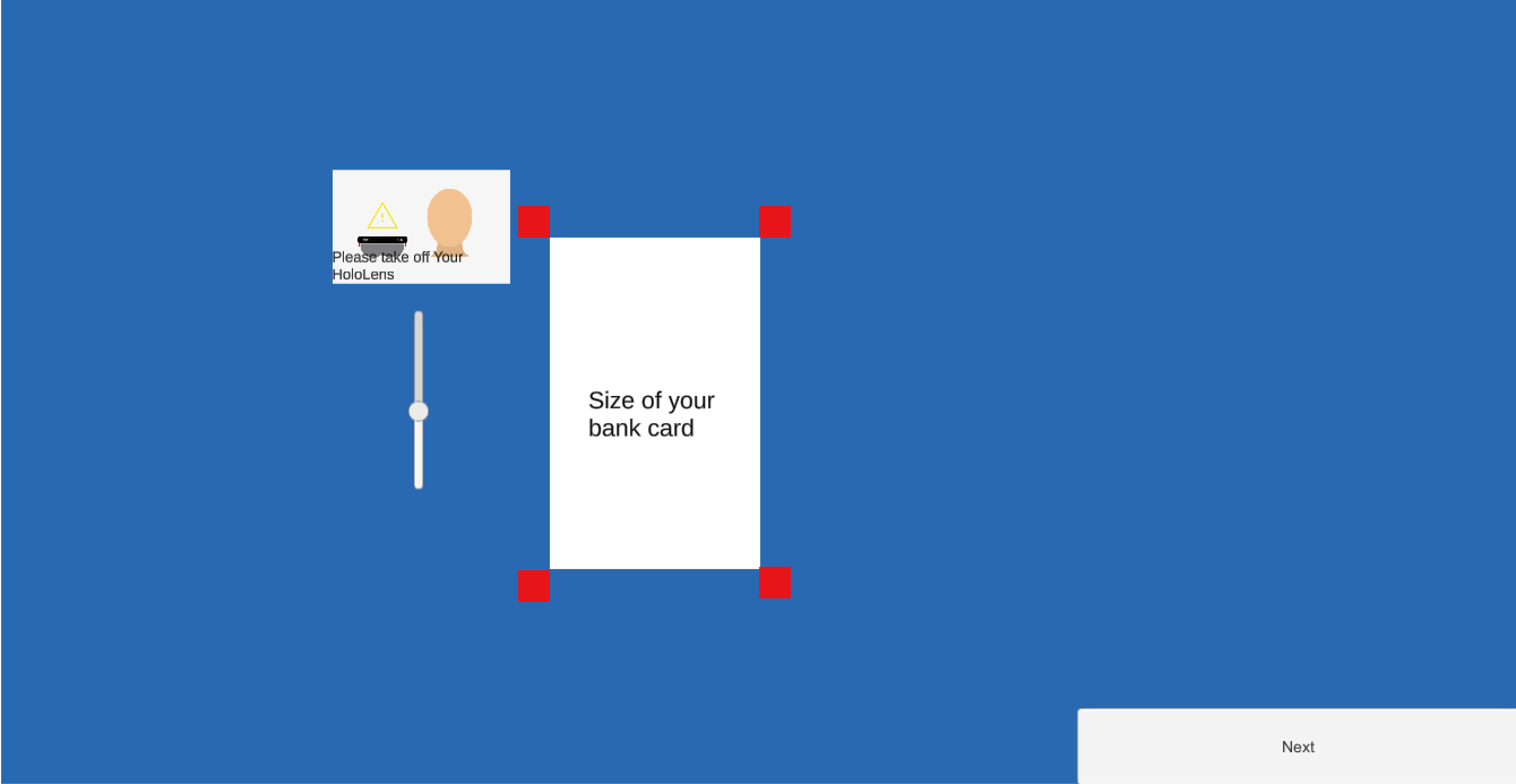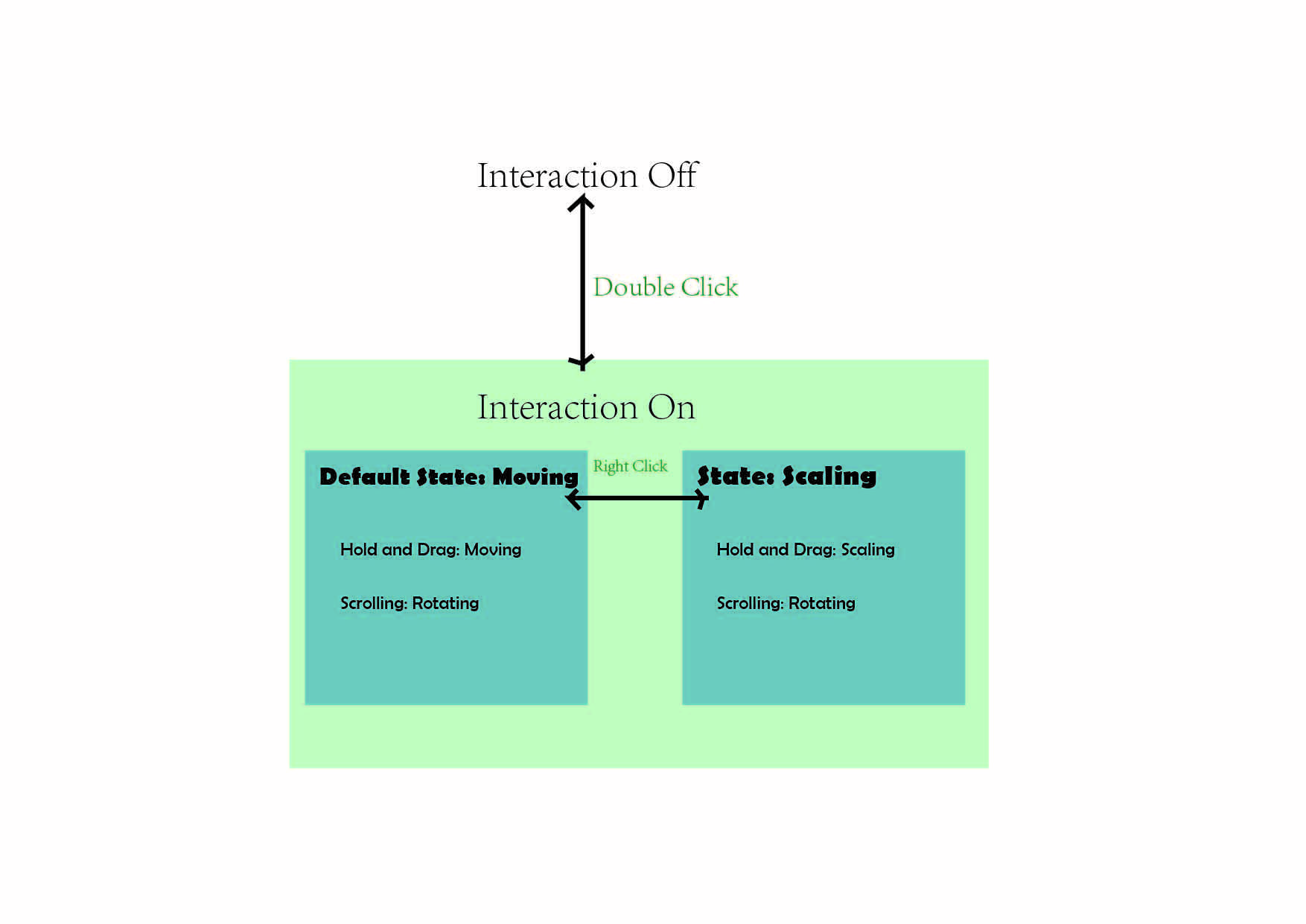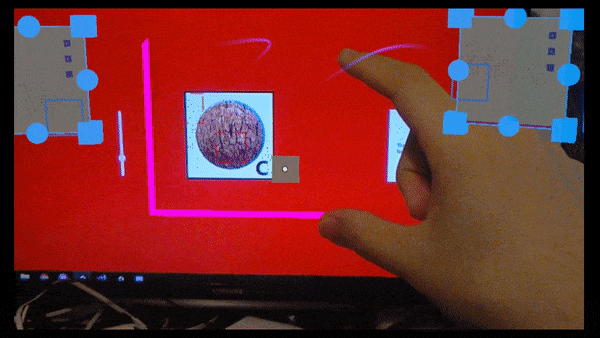Master Thesis (Part 3)
— AR/VR, Project experience — 2 min read
(Resize and Interact with Mouse)
Our initail idea was to test with wall size display, however, considering the current situation that neither myself nor the participants can get access to the wall display, we decided to switch our research target to Monitor display.
1. Callibration
The method we used to callibrate our visualization with a digital display is using the Vuforia Marker. We tried to use digital Marker on the Screen. The problem is that the Marker has to be the same size with the one that is uploaded before or otherwise the callibration will be incorrect with a depth shift.Considering that the user are having different resolution and ppi for their screen, I came up this idea of using the Bank card (or any type of card with a standard international size protocol called ISO7810). We are using this because that this type of cards are more common than an actual ruler in the real life.


2. Mouse Interaction
After shifting from Wall display to a desktop, we are actuallly switching from so called room-scale experience to a seated-scale experience. This lead to several new problems:
- User are siting in a relatively stable position, so they cannot using walking to assist long distance object movement. People have to raise their arm several time more to perform the same task than in a standing position. This will lead to a well-known problem in VR/AR domain called Repetitive strain injury(RSI).
- After reducing the size of the whole visualization, the interactable components(Button, Radio button,Slider, etc.) become hard to focus on and interact with. Simply increase the size of those components will then occlude the visulization itself which will lead to observation problem.
The solution we came up with is to build a Mouse interaction system. We connected the monitor scene via the same network of HoloLens and Virtual room and send UIEvents and MouseEvents to the HoloLens.

This idea is extremly exciting because it opens oppotunity to freely interaction with MR contents via monitor devices. And it’s accessible almost with every participants with a PC. Futhter more, it enables us to build a toolkit for HoloLens project with MRTK style.





Thesis links
- Thesis part 1 (Design Space initial implementation)
- Thesis part 2 (Remote User testing Setup)
- Thesis part 3 (Resize and Interact with Mouse)
Reference
ISO 7810 standard: https://en.wikipedia.org/wiki/ISO/IEC_7810
Seated-scale experience&room-scale experience :https://docs.microsoft.com/zh-cn/windows/mixed-reality/coordinate-systems
Repetitive strain injury : https://en.wikipedia.org/wiki/Repetitive_strain_injury